The best whisky taste tested: 32 bottles our experts recommend
The best whisky to buy and drink today.
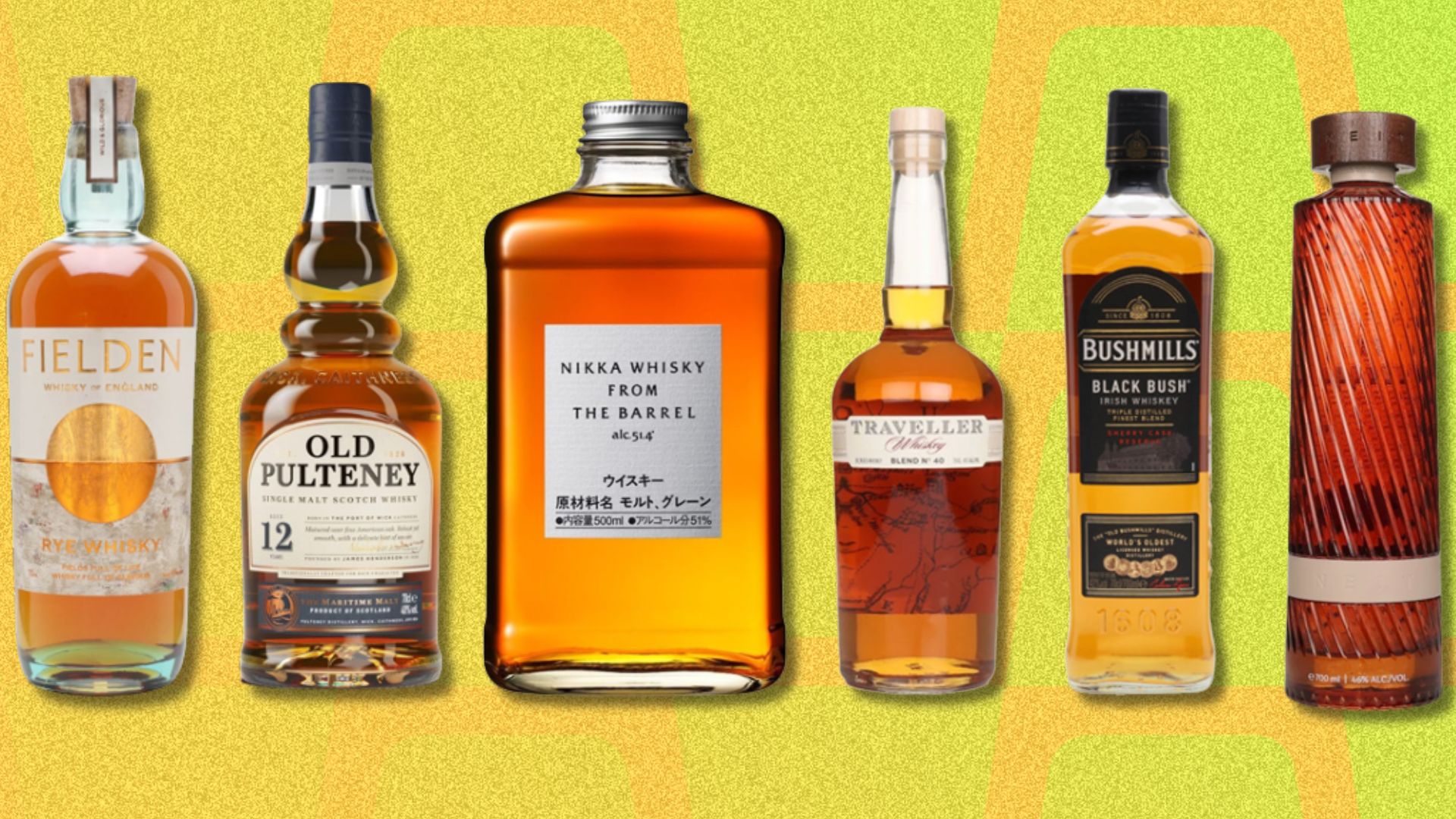
There’s never been a better time to get into drinking a dram, and between the winter weather and winter offers lowering prices across everything from Irish to Japanese whiskies, our list here shows off some of the world’s best whisky, taste-tested over the course of years.
It can be an intimidating liquid to get into — but with more variety of expressions from distilleries all over the world than ever before, and some of the best liquids at pretty decent prices, there’s something to suit all tastes and budgets. Plus, if you're wanting to experiment with a new whisky but not sure how much you want to spend, checking out what's on offer is a great way to find bottles which are perhaps usually out of your price range, trying out some older-aged whiskies or a region you've not ventured into before.
Additional taste testing: Hermione Blandford, Marc Chacksfield, Gerald Lynch and Danielle de Wolfe
What we're drinking at the moment
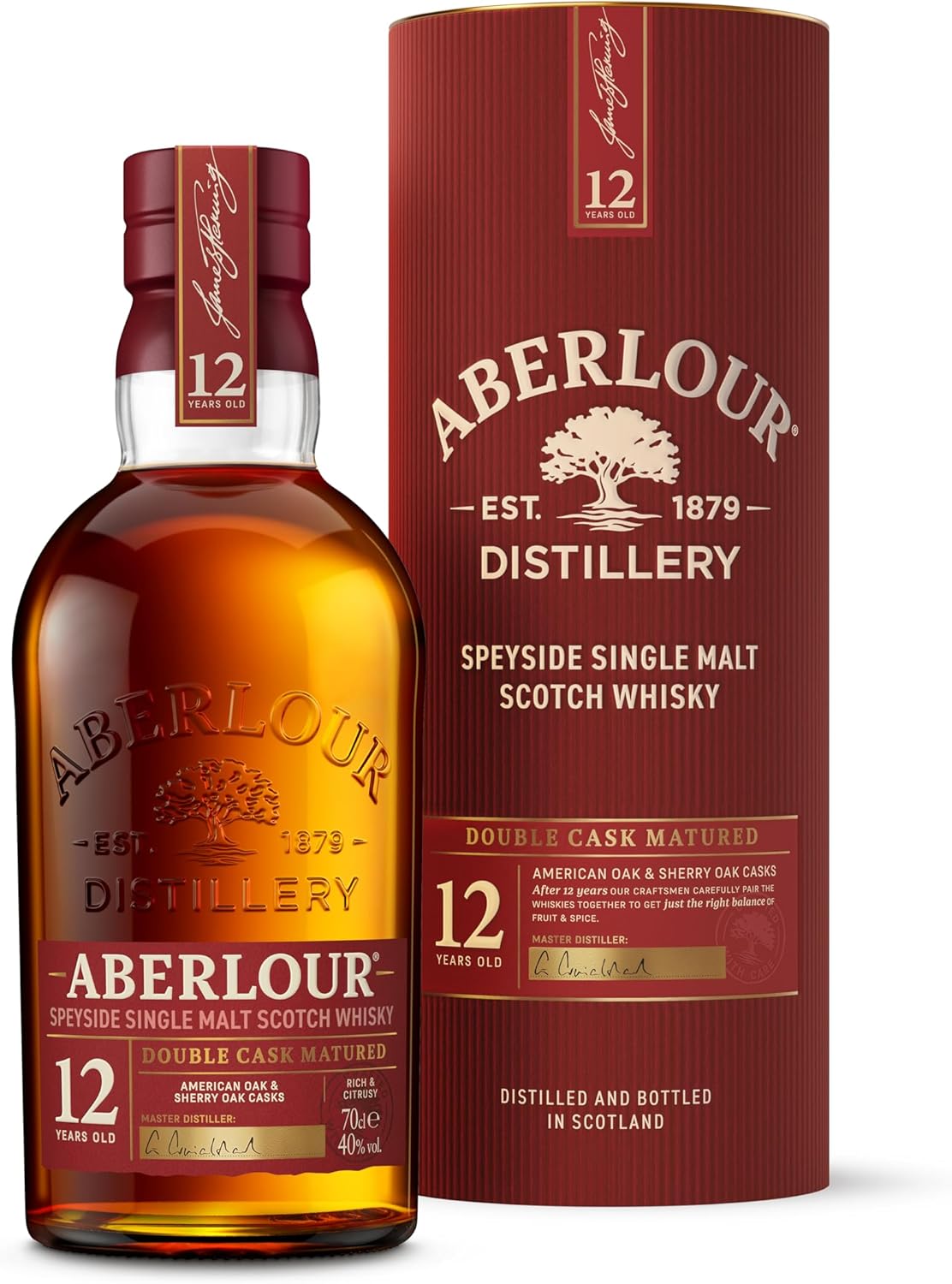
Surprisingly affordable - and now even more so - for a 12-year-old scotch, Aberlour has aged this in both traditional oak and sherry casks. It pours a deep amber and has a rich oaky flavour, but the sherry casks provide a fruity - we get a lot of plum and dark, stoned fruit notes - and a spicy element. It’s like Christmas cake distilled into a whisky, making it great for winter warmers and toddies by the fireplace come the winter months.
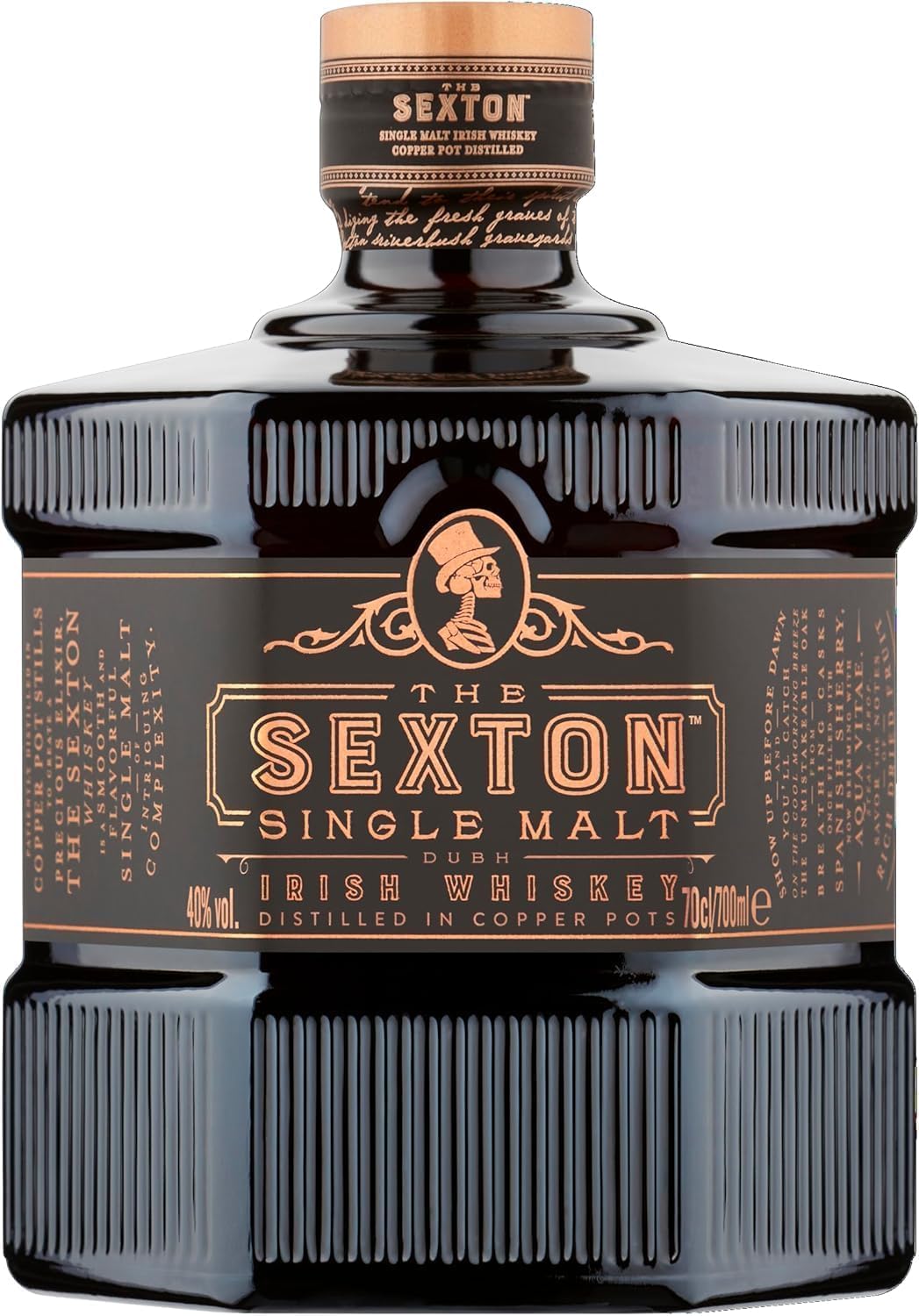
If we were judging on bottle alone, then The Sexton Single Malt would win hands down, but it's obviously the liquid we are interested and we're pleased to tell you that this is the full package. It hits you with caramel and marshmallows, then a citrus zest takes over the mouth, finishing with a honey sweetness. Alex Thomas is one of only a few female master blenders in the industry - to the industry's shame - and she's created something special here. It's one of our long-term faves, always earning a spot on our best Irish whiskies list.
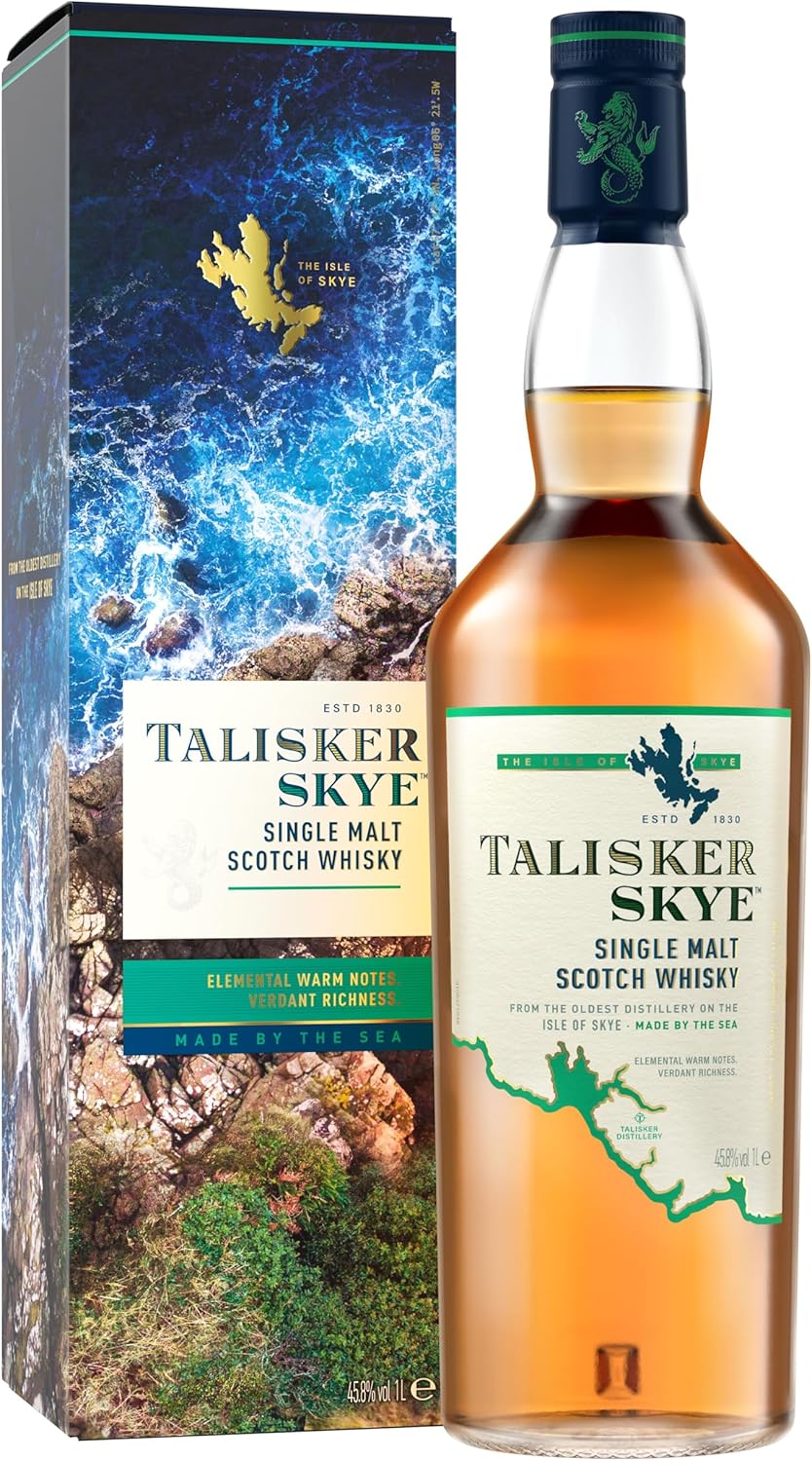
More of a coastal dweller than a city-slicker? Then you'll enjoy Talisker's Skye single malt. A liquid legacy that encapsulates the heart of the Isle of Skye where it's created, it has a little hint of spicy-smokiness that reminds you of campfires and 'smores, which comes from the burnt peat during malting. The whisky carries the salty smoke of the island exposed to the wind and waves. It has crisp citrus aromas and a subtle, soft-fruit sweetness. It's a lighter expression than the rest of the range; a complex, smooth whisky, with a slight peppery finish - it's like like sipping coastal air.
Our current picks not taking your fancy? Here's our favourite picks from some of the top brands around. You’ll find a wide variety of options from all over the globe represented here. We've got peated whiskies, Scotch, Irish, Japanese, single barrel, small batch, and most importantly, a range of ages, casks, and flavours.
The key is to experiment and enjoy yourself — whatever you like has value. Our team of experts have personally taste-tested each bottle below, and we’ve enjoyed each and every drink listed here, offering up our personal tasting notes to give you an idea of what to expect before you buy a bottle yourself.
Irish Whiskies
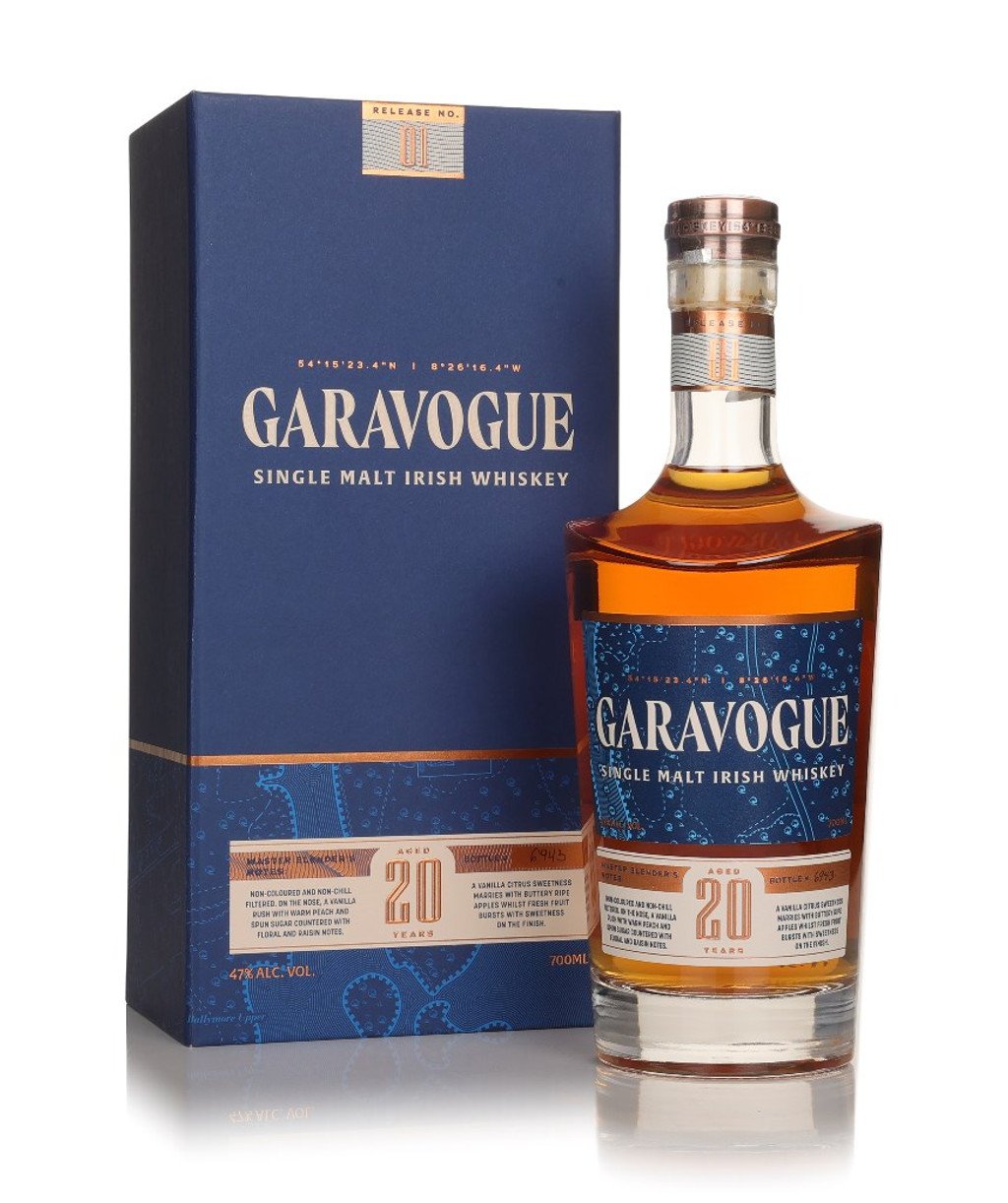
Garavogue is the inaugural release from Sazerac's Hawk’s Rock Distillery in County Sligo.
Garavogue is special for a number of reasons, cheifly that it uses five unique casks. It's double-distilled and aged for at least 14 years in ex-bourbon American oak casks, then it goes into French Muscat and Sauternes, Spanish Pedro Ximénez Sherry and Barbadian Rum casks for further maturation. It delivers a deep flavour - vanilla and citrus sweetness on the palate, with buttery fresh fruit from the rum cask.
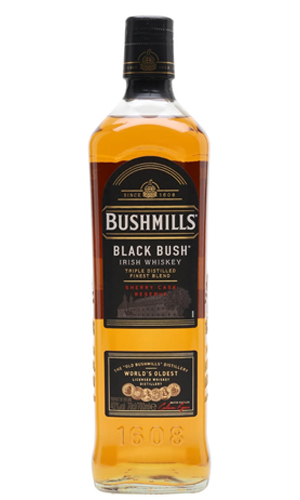
A rich, dark, Irish blend, and a Bushmills classic. Black Bush contains a high proportion of triple-distilled single malt, aged in Oloroso sherry casks for around eight to 10 years before marriage with the grain. Deep and rounded on the palette with light fruit notes, it's our favourite of the Bushmills' range. It's a fairly accessible one too, hovering around the £35 mark, so if you're new to whisky, this is a great bottle to add to your collection.
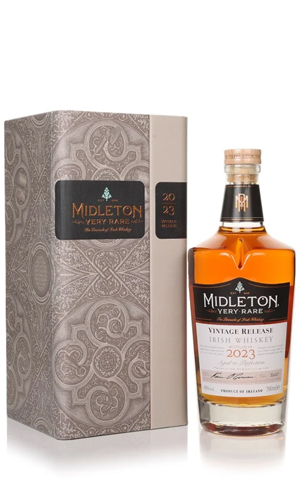
A stunning whiskey from one of the very best distillers in Ireland, Midleton Very Rare changes every year, but you can usually expect a huge amount of fruit and creaminess with each sip. For the 2025 release (available from 22nd May), the whiskey features a mix of rare single pot still and grain whiskeys, and offers rich notes of orchard fruits, honey, and oak—incredible stuff, and a great showcase for Irish drams at their finest.
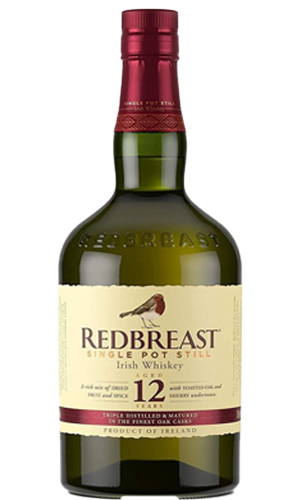
If you want something from Ireland, this single pot still whiskey from Redbreast is up there with the best you can get and comes highly recommended from Jim Murray and other critics. It's won its fair share of coveted booze awards, too. Like many Irish whiskeys, it is triple distilled, making it oh-so smooth, and Redbreast has a rich and spicy body followed by a creamy finish. Another easy drinker, and a good entry whiskey for the uninitiated.
Scotch Whiskies
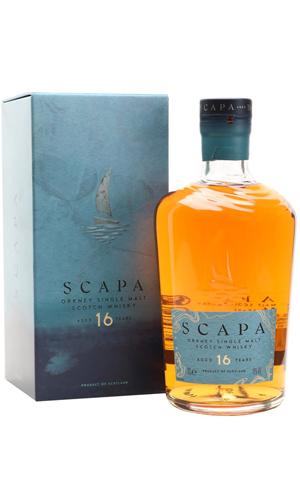
An Orcadian whisky that's as unique as the island. All Scapa whiskies have a long fermentation period of 60 hours, creating a unique, deep flavour. The 16-year-old expression is where you get this deep richness the most, in our opinion, with strong notes of warm leather and pineapple. On the palate, you'll get a charred caramel with slight dried fruit sweetness, all accompanied by that rich undertone from the deep leather and tropical sweetness.
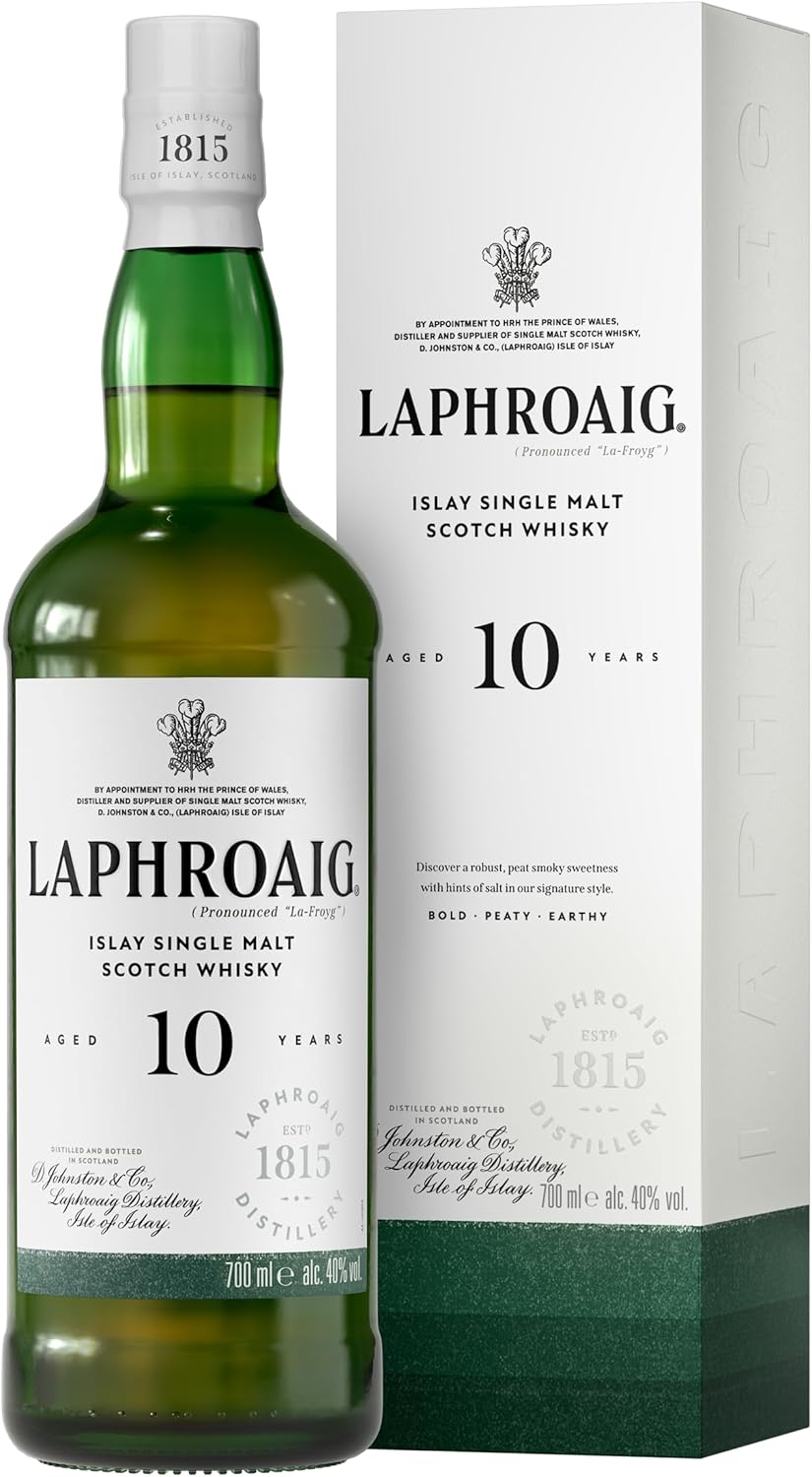
This is from the Isla region of Scotland, so it’s one for the peat heads out there who like a smoky tipple. The malted barley is dried by burning peat only found on the island. Like Glenmorangie, the 10-year-old is the original Laphroaig, and that drying process gives it a huge hit of smoke (really, prepare yourself) followed by tastes of seaweed and a medicinal herbal sweetness. You’ll either love it or hate it - it really is the Marmite of the whisky world.
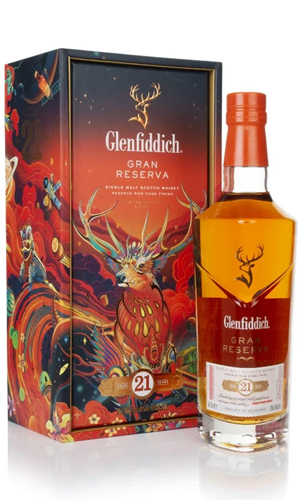
For something dark, rich and complex, the Glenfiddich 21-year-old single malt is an excellent choice. The whisky is finished in Caribbean rum casks for an unusual character and a deep amber colour. There are layers upon layers of flavour, and when you think it’s done, you’ll discover another. The rum cask gives notes of banana, vanilla, ginger, dried fruit and more. It’s also rich with oak and leather. A great one for the wannabe pirate in your life.
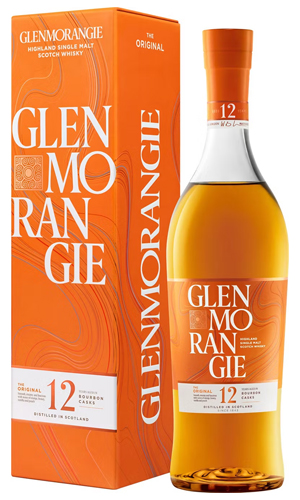
An all-timer when it comes to mainstay whiskys, put simply, this should be part of every home bar. Glenmorangie’s 10-year-old, aka ‘The Original’, is a true classic single malt Scotch. It’s simple and soft to drink yet has a complex and slightly sweet flavour with a burst of zesty fruit and delicate floral tones. This is another one to give friends as a gateway whisky, and is a great staple to have in your cupboard. Widely available, and reasonable priced.
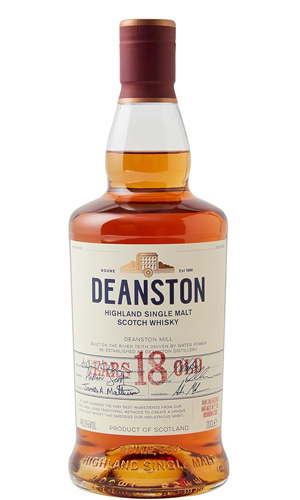
The top choice from the expert Whisky Exchange's whisky of 2022 awards, and for a bloody good reason. This is a stunning dram, rich in oak notes and tropical fruit. Super sippable, there's hardly any burn when it goes down with butter and vanilla notes, adding a smoothness to the drink. Take this one straight, leave the ice and water behind, and get the full welcoming kick. Beautiful stuff.
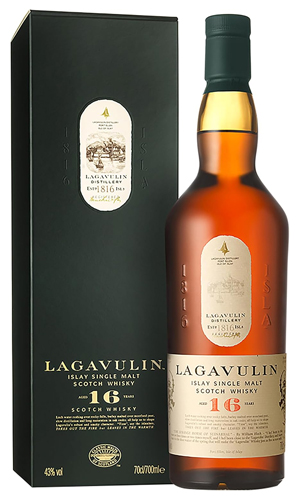
Considered a classic around the world and favourite of Ron Swanson of Parks and Recreation, Lagavulin is not a whisky for the novice drinker. It has an extremely smoky nose followed by an intensely rich and malty flavour with fruity sweetness. A long, spicy finish rounds things off and makes Lagavulin a benchmark with which to compare all Islay whiskies. It pairs particularly well with blue cheese. And great moustaches, if you've got one...
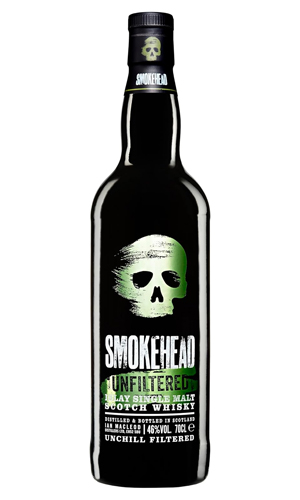
If you’re big on that smoky and peaty mood, look no further than Smokehead’s Unfiltered. The single malt whisky isn’t filtered and absolutely kicks with that smoky nose and palate, with chocolate and pepper touches to the taste. It won’t be for everyone, but those who like it, LOVE it. It's extreme smokiness also makes it great for comparative tasting sessions. Slightly stronger than the filtered alternative, this one’s got a 46% ABV, it’s a lot of fun.
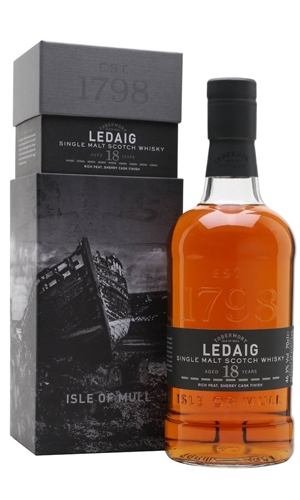
The Tobermory distillery is situated on Scotland's Isle of Mull, and it's that rugged landscape which gives its whiskies a lovely, rich, peaty taste. The Ledaig - 18 is from this distillery and is a stunning whisky for under that all-important £100 price point. There's a smattering of fruit with the smoke, with peach notes and a wonderful colour from the sherry casks. This one is not to be missed, a great expression of the land from which it comes.
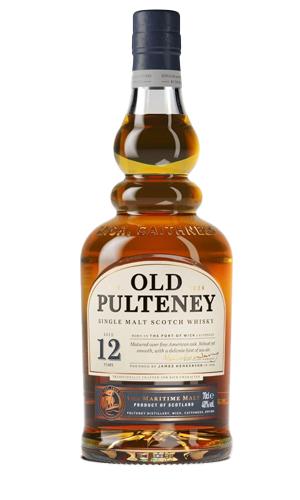
This is the standard Old Pulteney, but don’t write it off based on that — it's special in its own right. This is a delicious 12-year-old single malt Scotch at a surprisingly affordable price. This multiple award winner offers an excellent balance of light, delicate flavours like apple with a deeper, salty and spicy finish. Produced in the coastal town of Wick, Caithness, Old Pulteney is one of the most northerly mainland distilleries.
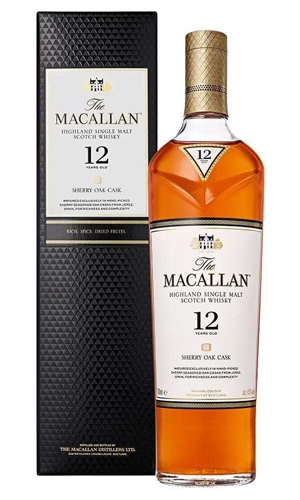
If you're after the richest of tastes, look no further than Scotch whisky veterans The Macallan. A distillery staple, this 12-year-old single malt rests in seasoned oak casks from Jerez, adding to each dram's rich and complex flavour profile. Think dried fruit, woodiness and plenty of spice. Its natural gold colour (no colourings here) is a signature of this range, with this full-bodied offering perfect for any occasion.
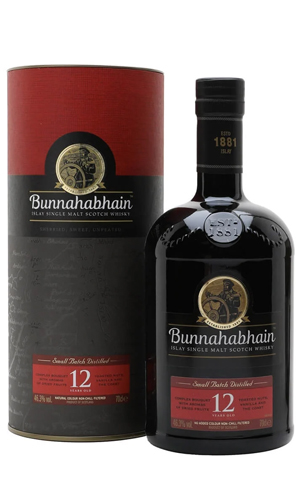
The Bunnahabhain - 12 Year Old is a stunning, complex whisky which offers a rich taste filled with fruit and nut notes, as well as being floral on the nose. Taste-wise, there's a full-bodied caramel flavour with a subtle hit of smoke. Another great one for its Christmassy flavours, it's almost like a post turkey pudding to the taste here. At its price, it's currently one of the best out there, regularly sitting under the £50 mark.
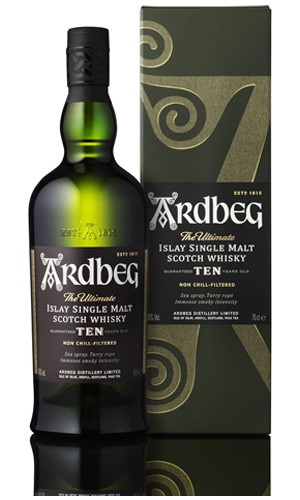
We're big fans of Ardbeg, and the 10-year-old is one of the peatiest whiskies released from the distillery. There is a wonderful warmth from the whisky, with the peaty smoke lingering long after your first sip. There's a dexterity to the taste, too, with it hitting you with a mellowness, then spiciness and ending on sweet toffee notes. If you want a way into Islay whiskies without breaking the bank, then you can do no wrong with this one.
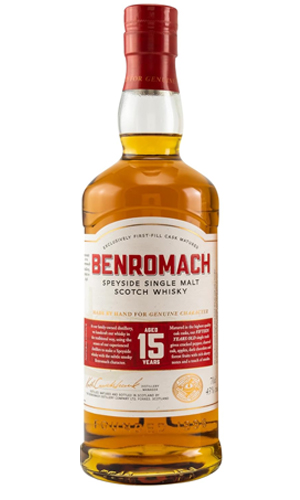
We've featured this one for a while now and have been savouring every last drop. This 15-year-old has it all: a Speyside that's silky going down with hints of chocolate and fruitcake, ending up with a lingering fruity aftertaste. There's a massive waft of smoke, too, that envelopes everything, and the sherry casks it's been maturing in add to the complexity of the taste. A great one to pick up when you can find it, from a superb distillery.
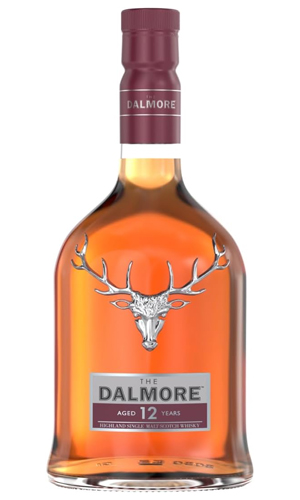
This offering from The Dalmore is a stunner. Together with Tevasa, Vasyma and Paez, Master Distiller Richard Paterson created a bespoke sherry blend to season selected oak finishing casks for a specific flavour profile. The result, aside from The Dalmore’s classic dark chocolate, is a rich blend of orange, ginger, caramel and spices including cinnamon. The sherry casks give it a vibrant, sweet lemon cake finish. It's a very fun bottle, too.
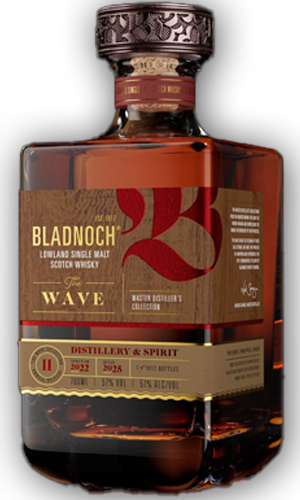
Created using five Amontillado sherry tuns, each filled with whiskies from different cask types, The Wave II offers flavours of pear drops, pineapples and ginger. On the nose, it has aromas of pear drops and summer barley, with hints of baked pineapples and ginger snaps on the palette.
The name has significance; the whisky that is matured but not bottled is then decanted for the next year’s expression, creating a thread of flavour and depth. Just like the sea. Clever, eh?
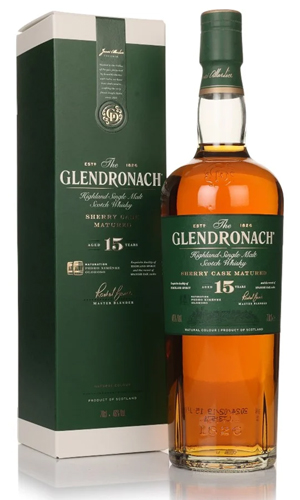
This 15 year old whisky hails from the Highlands and has spent its time maturing in a selection of Pedro Ximénez and Oloroso sherry casks from Andalucía. This means you'll get - you guessed it - a hearty sherry on the nose, accompanied by a buttery sultana and coffee beans aroma.
It's nutty and leathery on the palate. Sweetness comes through as a blackberry and apple crumble flavour. It has a cigar box finish, but still keeping that subtle sweetness from the dried fruits.
World Whiskies: America, England, & beyond
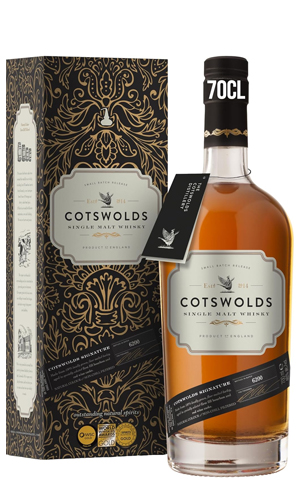
This Cotswolds Single Malt may be the first ever whisky to be distilled in the Cotswolds, but it's already award-winning, winning gold at the 2019 World Whiskies Awards. Flavour-wise, it's sweet and fruity from being matured in first-fill ex-Bourbon barrels and reconditioned in red wine casks. With notes of honey, orange marmalade and dark red fruits, it is very sippable. A great option if you're looking for a gentle introduction to the world of whisky.
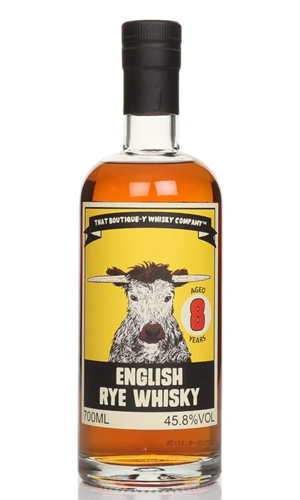
Another English whisky to add to your list; this is an English Rye from indie-kid small distillers That Boutique-y Whisky Company. It's a little bit quirky to look at, and the taste is even more interesting.
On the nose is spiced stone fruits and dried citrus. Smooth oak-y vanilla and chocolate comes through, with honeyed rye bread and warming spice, a touch of smoke, and earthy coffee on the palate. A honeyed sweetness lingers, with a warmth from the pepper and mocha to follow.
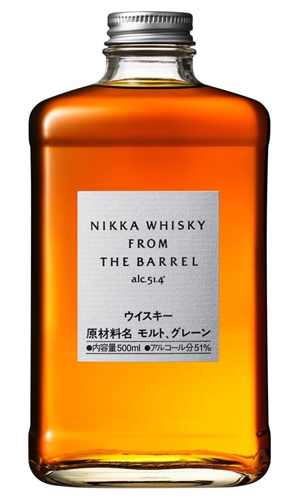
Don’t underestimate a blended whisky from Japan with an understated bottle. Nikka From The Barrel punches above its weight. At 51.4%, you might think it is barrel-proof, but it actually isn’t. It packs in so much body and flavour for the price; this is one of the biggest bargains you’ll find in the whisky world. It’s finished in barrels after the blending process, and there are layers upon layers here from butterscotch all the way to tobacco.
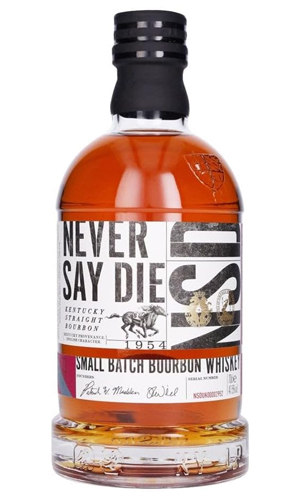
Distilled in the State of Kentucky, Never Say Die is a rich, smooth bourbon created using 75% corn, 21% rye and 4% malted barley mash bill. Taking its name from the legend of a racehorse dating back to 1951, this flagship bourbon has the heart of an American but is matured right here in the UK. Serving up hints of spice, a citrus undercurrent and caramel flavours on the palate, it's well worth a place on our top-tasted whiskey list.
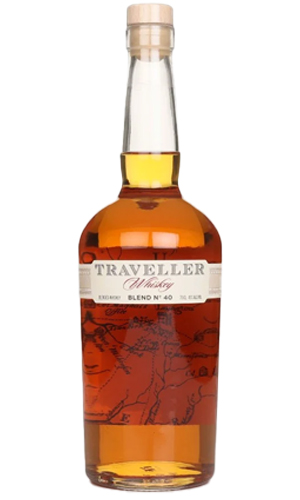
An award winner for Buffalo Trace (Best in Class Gold at the 2024 Whiskies of the World competition / Gold at the Spirits Business American Whiskey Masters 2024), this blend was hand-picked by country star Chris Stapleton and Buffalo Trace Master Distiller Harlen Wheatley. It’s a good time tipple (45% ABV), with a caramel, vanilla and oak nose, and a mildly sweet palate that has a gingery, spiced-fruit taste. Quite smoky on the finish, easy-going and enjoyable overall.
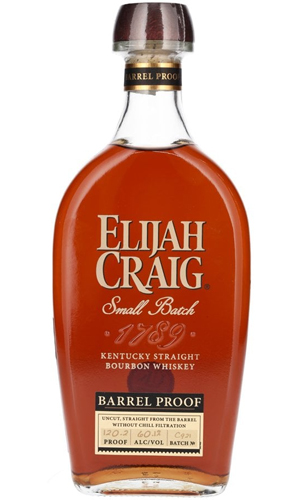
For something special of the bourbon variety, you’re in good hands with this small batch Kentucky straight from Elijah Craig, among the masters of American whiskeys. It was bottled at a whopping 63.5% which is actually, somehow, one of the weaker editions. There’s plenty of vanilla and maple flavour but a spicy heat from the booze, too. If you're into making Old Fashioned cocktails, you'll be hard pressed to find a better spirit to build them with.
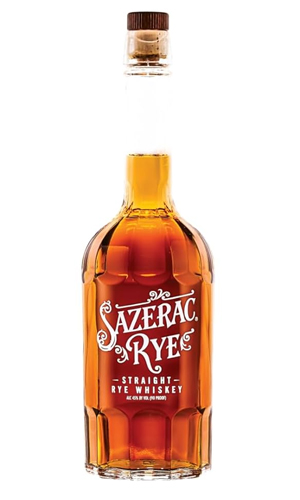
If you've never had a rye whiskey, then the first thing that will surprise you is just how smooth the taste is - and none more than Sazerac Rye. Part of the Buffalo Trace Distillery, this is a rye to be savoured. It's smooth with no bite, with orange notes and peppery spice, and should be enjoyed on its own or with a little bit of ice. If you are to mix, then this is another fantastic fit for an Old Fashioned or the famous Sazerac cocktail which mixes in absinthe and bitters.
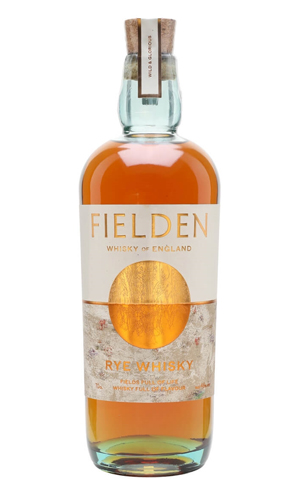
Fielden is another rye whisky that is made at the Oxford distillery using English heritage grains which are grown without any synthetic chemicals - sort of like if Waitrose did a whisky. Floral and lighter than some of your deeper Scotch and Irish whiskies, on the nose you'll get scented flowers and hedgerow berries. On the palate, this deepens to a caramel and hazelnut flavour, rounding off with a fresh, minty, peppercorn finish. Plus, it looks pretty.
5 Whisky Tasting Tips: This is how to drink whisky like a pro
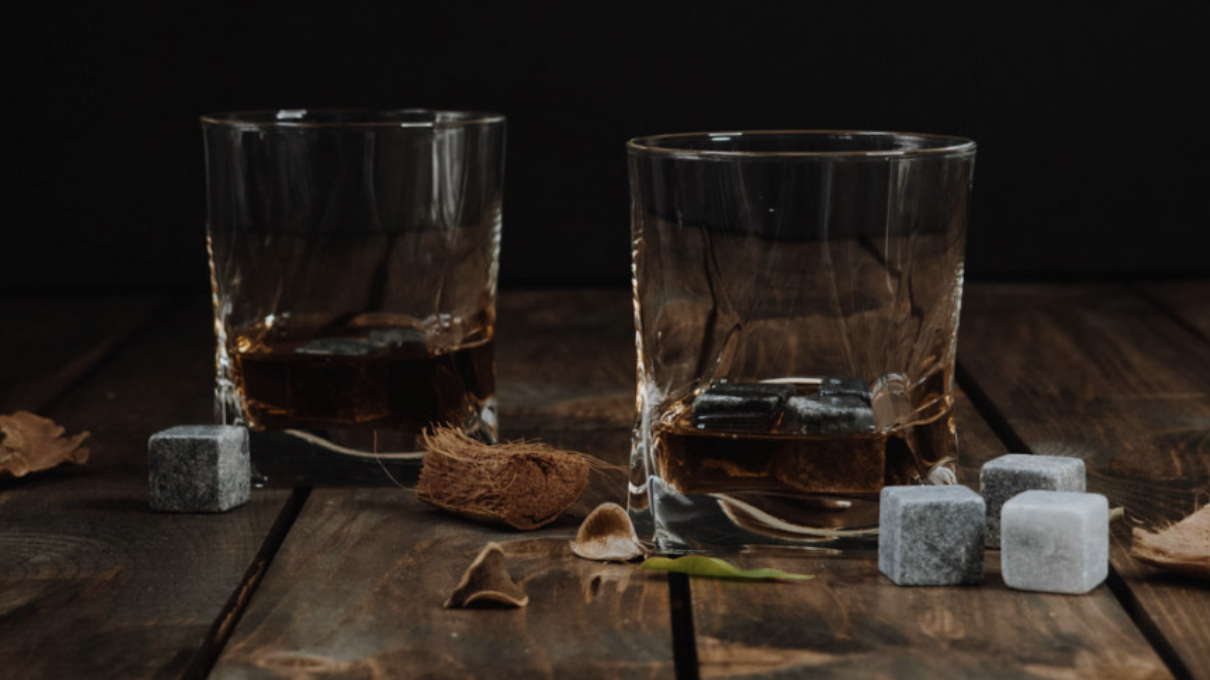
“There is only one way to properly drink whisky,” says Richard Foster, the founder of The English Whisky Society," which is whatever way you enjoy it.
“If you want to mix Coke or Soda water with it, or slosh in tonnes of ice, be my guest. However, years of hard work have gone into making great whisky, so if you want to first experience what the distiller and blender intended, follow these easy steps to taste, before you waste:
Get exclusive shortlists, celebrity interviews and the best deals on the products you care about, straight to your inbox.
1. Take a look at the colour in your glass
“It's surprisingly revealing looking at the viscosity, colour & darkness of a dram before you've nosed or sipped it. Over time you can start to tell things like age and cask type just by looking at a Whisky - or, if you're like me, you just enjoy swirling it dramatically a few times before step two…
2. Carefully nose the glass
“Don't thrust your sniffer straight in there - remember this is high-alcohol booze and all you're going to do is burn your olfactory senses with alcohol vapour. Rather, waft the glass across your nose from a few centimetres away and gradually bring it closer until you hit the sweet (or sour / smokey) spot. Different parts of your nose also pick up different scents so keep moving the glass for a full olfactory experience.”
3. Take a sip
“Don't be shy, get a good glug of the liquid and swoosh it round your mouth. Again you'll taste different flavours across your tongue. When you do swallow, take your time and savour the 'finish' at the end, some drams keep providing warmth and flavour well beyond this moment, so don't rush onto the next sip too quickly (and always drink responsibly!).”
4. Make up your own tasting notes
“You may have read about sun-charred leather chaps on a rodeo cowboys boots, or strange combinations of fruits, kids sweets or even unsavory descriptors used to describe the smell or taste of whisky. Don't worry, everyone's receptors are different and no two people smell alike (unless twins do, who knows) - the point is, most tasting notes are made-up anyway. It's fun trying to discern some of the components of the scent / taste or finish, but if all you get is ‘whisky’ - as long as you're enjoying it, don't worry too much with this dark art. As with anything, practise makes perfect (again with the responsible drinking!).
5. Time to add that mixer…
...just don't let me see - unless it's a Smokey Coke with a heavily peated whisky and a premium cola, in which case, make me one too!
How To Buy Whisky: A Shortlist Guide
We're the first to admit that buying whisky can be super confusing. Between working out what's good value, what the difference is between a bourbon cask and a sherry cask, and what age a 'good' whisky is, it's a minefield. So here are a couple of our best tips to help you out.
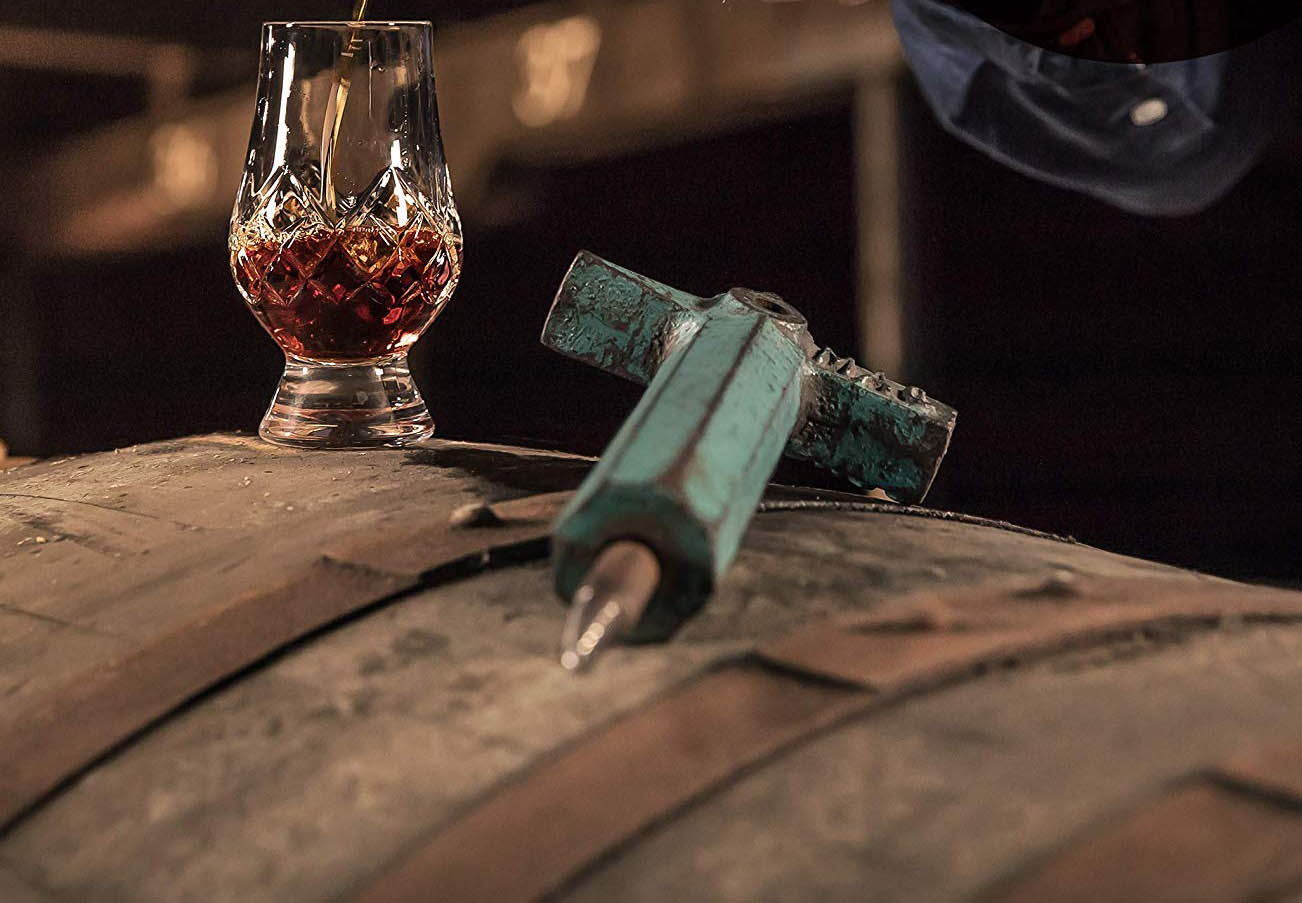
What makes a good whisky?
A simple enough question, though perhaps one without a simple answer. It all comes down to your personal preferences. There are sure preconceptions around whisky - Scotch, in particular - that it always has overwhelming flavours of smoke, oak and tobacco. And, while you’ll definitely find these notes in many whiskies - especially in those from the Islay region of Scotland - many Scotch also have flavours of citrus, vanilla and toffee.
The Scottish Lowlands are where you’ll find fantastic flavours of grapefruit, while Speyside whiskies are full of fruity notes such as apples and pears. If you have a sweeter tooth, Bourbons might be more your thing, with many having notes of vanilla, chocolate and honey.
How much should I spend on a bottle?
The price of whisky varies anywhere from £20 to the hundreds and thousands, so it can be hard to know what’s worth paying for and what isn’t. In general terms, though, the longer a whisky has been ageing, the more it’s probably going to cost. This is simply because of how many hours distilleries have put into them, and how long they have to wait for the whisky to age. Most of these whiskies are left in barrels for over 20 years, so it can become a very time-consuming process - something the price often reflects.
For a younger 10 or 12-year-old Scotch, expect to pay anywhere between £25-£45, while you can easily pay upwards of £100 once you’re looking at whiskies that have been aged for 15 years or more. Blended, Irish and Bourbon Whiskies tend to be slightly cheaper, and you’ll easily find a decent bottle around the £30 mark. If you’re planning to mix your drink, one of these is your best bet. The single malt and aged whiskies are best enjoyed neat or with one single ice cube.
Should I add ice?
There are plenty of traditional whisky drinkers who frown upon adding ice to their whisky. In fact, ice can be a great way of diluting whiskies and making them a bit more palatable. We’d suggest adding one large ice cube to your dram of whisky for the best results. These Ticent ice cube trays are an excellent size for this sort of ice cubes, and they even do spheres if you want to make your whisky extra special.
If you’d prefer not to add a whole ice cube to your whisky, we’d suggest experimenting with adding a couple of drops of water into your drink. That may make some scotch drinkers baulk, but adding a small amount of water has been found to ‘open up’ the whisky, bringing out completely different notes from your typical dram.
If you’re partial to a splash of Scotch every now and then, we’d also suggest getting your hands on some whisky stones. These Sagaform Whiskey Stones are cut from recycled granite and are designed to cool down your drink without diluting it. They’re reusable, so you simply wash them each time after use and then place them back in the freezer, ready for your next drink.
What is best to mix with whisky?
If you’d prefer to drink your blended or Irish whiskey with a mixer. There are a couple of options for you to consider. Ginger ale, cola and soda water are the most common pairings, though there are more bespoke mixers coming into the market, including Sekforde Botanical Mixer. This sparkling water mixer has been created specifically to complement the flavours of whisky with flavours of Sicilian orange, rosemary and spicy oak.
London Essence Ginger Ale is also a fantastic option if you like whiskies with a bit of a kick. Irish Whiskey and Ginger Ale is a classic pairing because the mixer adds sweetness while still bringing out the spicier notes in the whiskey. Soda Water is also fantastic if you prefer a longer drink. Double Dutch Soda Water is an award-winning brand that uses natural spring water from the North of England. Soda water still has a bitterness (as opposed to tonic water, which is sweeter), so it pairs well with all blended and Irish Whiskies as well as Bourbon.
The final option is a cola - the pairing you most likely had as a newly-turned 18-year-old. We would avoid the cheap 30p cola you were probably drinking then, but there are some more premium brands - such as Fentiman’s Curiosity Cola - that are great for mixing with blended whiskies. It’s a small batch cola and has a more herbaceous flavour than most big-name brands. A great option if your whiskey has the sweeter notes of honey, vanilla and caramel.
- These are the best gins from around the world
- If you are after American whiskey, then this is our best bourbon list
- Gerald LynchEditor-in-Chief
- Hermione BlandfordContent Editor
- Marc ChacksfieldContent Director
You must confirm your public display name before commenting
Please logout and then login again, you will then be prompted to enter your display name.